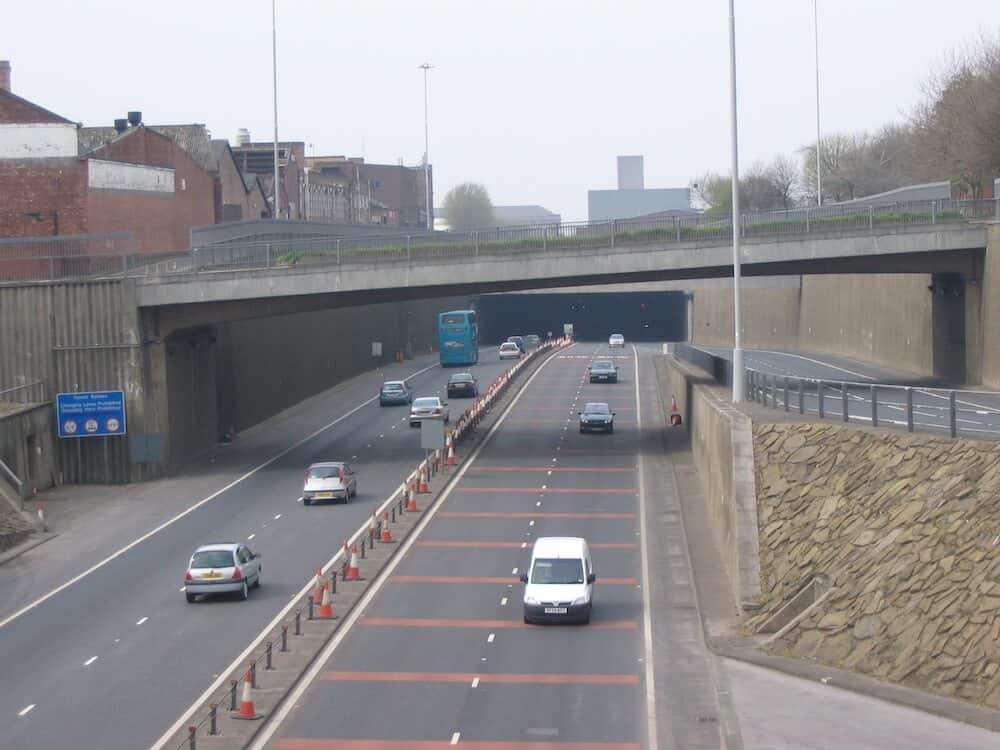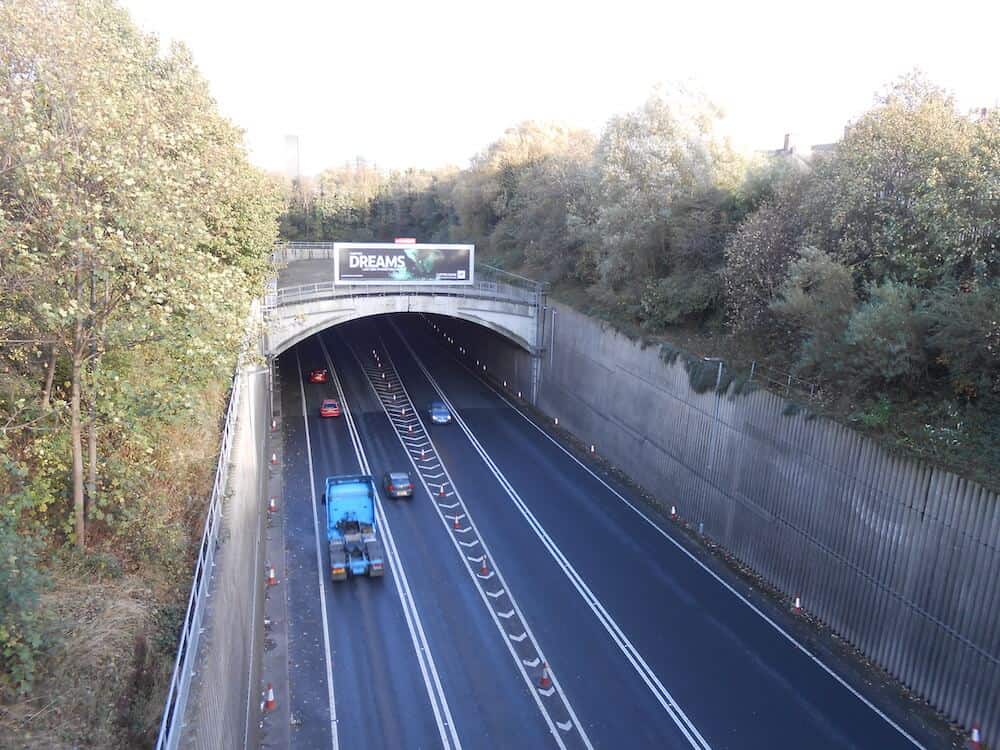
We are delighted to announce that we have been appointed by Merseytravel to deliver a £3m upgrade and replacement of the gravity pumped drainage pipework for the Kingsway Tunnel. It’s part of a detailed planned and preventative maintenance and upgrade programme put in place when the first Kingsway tunnel opened in 1971. Our team will complete the work in around 15 months.
The twin-bore Kingsway Tunnel is the second-longest road tunnel in the UK at 2.5km, a little behind its sister tunnel, Queensway, at 3.2km. The older Queensway tunnel is a single bore construction with four lanes of traffic, which serves a more ‘local’ market.

The discharge drainage (or dewatering) system collects water ingress into the tunnels in sumps and then pumps out the collected water, when they reach an agreed level. This process is carefully metered and monitored to assess ingress volumes. There are sumps at either end of the tunnel and one at the mid-point. The sump at Wallasey and the mid-point both discharge into the River Mersey and are therefore monitored for quality to ensure it is suitable for river discharge. The sump at the Liverpool end pumps into the Mersey Estuary alleviation system, via local sewage infrastructure.
The water enters the tunnels through rainwater carried in by vehicles and rainfall at either end of the tunnel network, as well as longstanding water seepage, which is collected in the mid-point sump. All entrance roadways and slip roads drainage system fall into the Wallasey and Liverpool entrance sumps.
The scale of the engineering is huge however and all of our pipework runs in the invert level (lower half) of the 9.6m diameter tunnels. The sumps at either end can collect up to 100,000 gallons (454m3) and the midpoint has a smaller unit, with a 15,000 gallon (68m3) capacity.
The Kingsway tunnel is the more modern of the two road tunnels and whilst initially planned to be a single bore, in 1974 a second parallel tunnel was completed to cope with the demand. With no HGV access to Queensway, the Kingsway tunnel handles all of the HGV traffic. Around 2,400 of the 60,000 vehicle crossings per day are HGV from across the UK. This traffic feeds straight into the M53 on the Wirral side and gives almost direct access to the new £400m Peel Ports development of Liverpool2 at the Port of Liverpool. Liverpool2 is one of Europe’s most advanced container terminals and can accept over 95% of the world’s vessels.
Because of this constant pressure on the tunnel system. The project itself is carried out within the invert level of the 9.6m tunnel. It’s only when you stand on the road level, you realise there is as much space below the surface as there is above. Our access for deliveries into the site is limited. These can only be done between 22.00 and 06.00 and EVERYTHING has to be lowered into the invert via one of four manhole covers in each tunnel, that are only 0.7m wide and 6m long.
These are the sort of challenges our experienced team of mechanical engineers thrive on.
We will share more images as the project progresses, but in the meantime, here’s a little about its history.
Merseytravel delivers transport projects that support the economic growth of the city region. The focus is on improving connectivity within the region and beyond, improving the customer experience from ticket buying to journey planning and maintaining the integrated transport network, including the Mersey Ferries and Mersey Tunnels, to ensure it is fit for the future, accessible and safe. The aim is to make that network world-class.
If you would like to discuss any of our services, please call 0151 343 1963 or complete the form below and we will be in touch shortly.